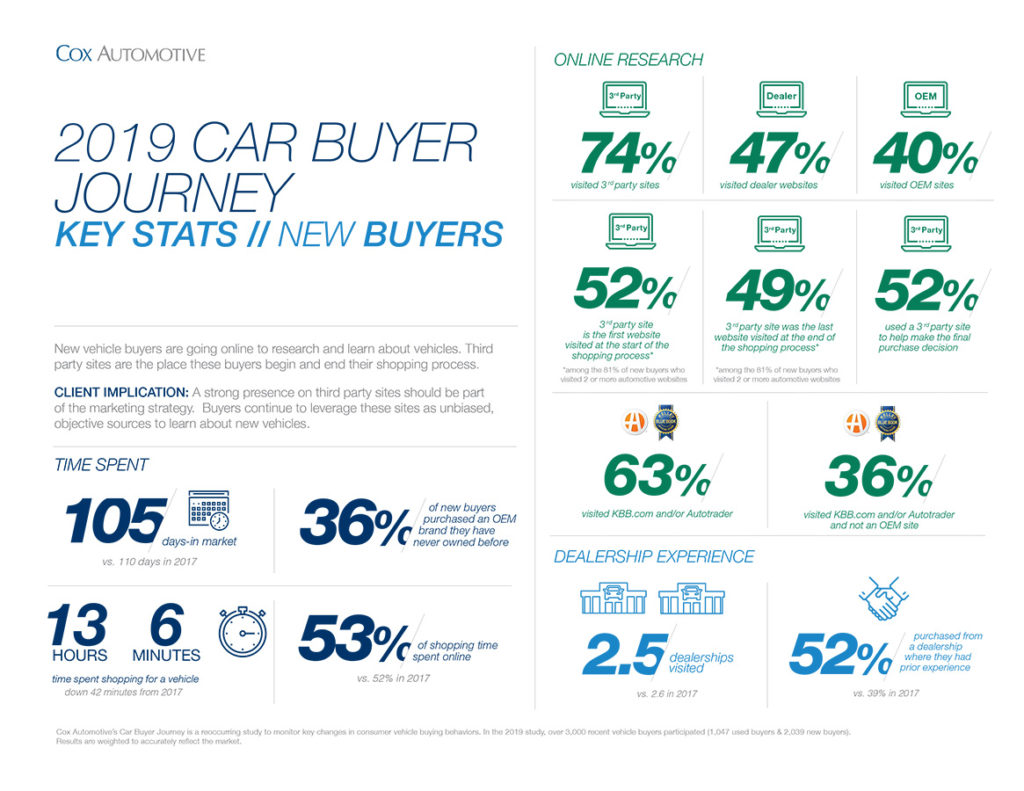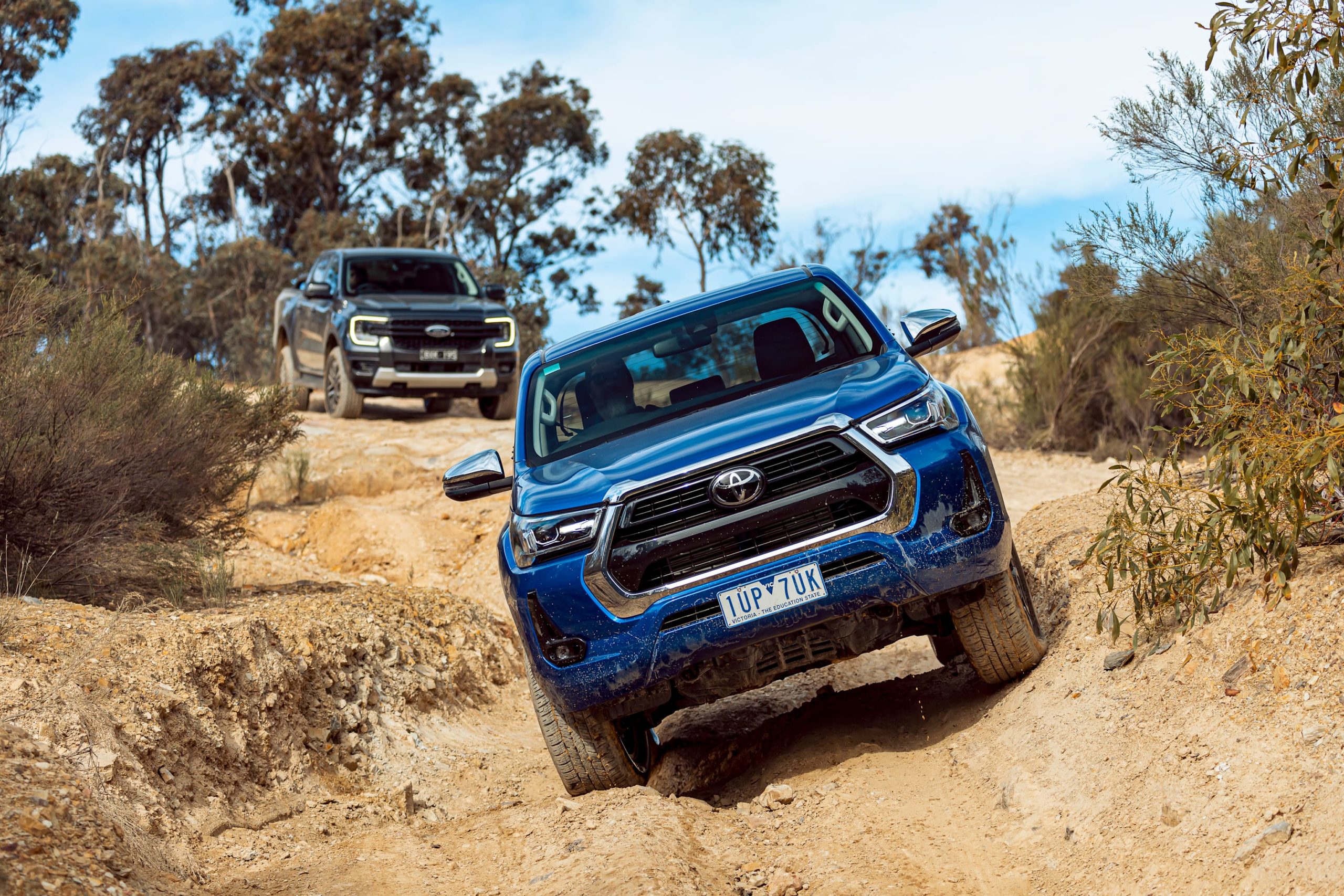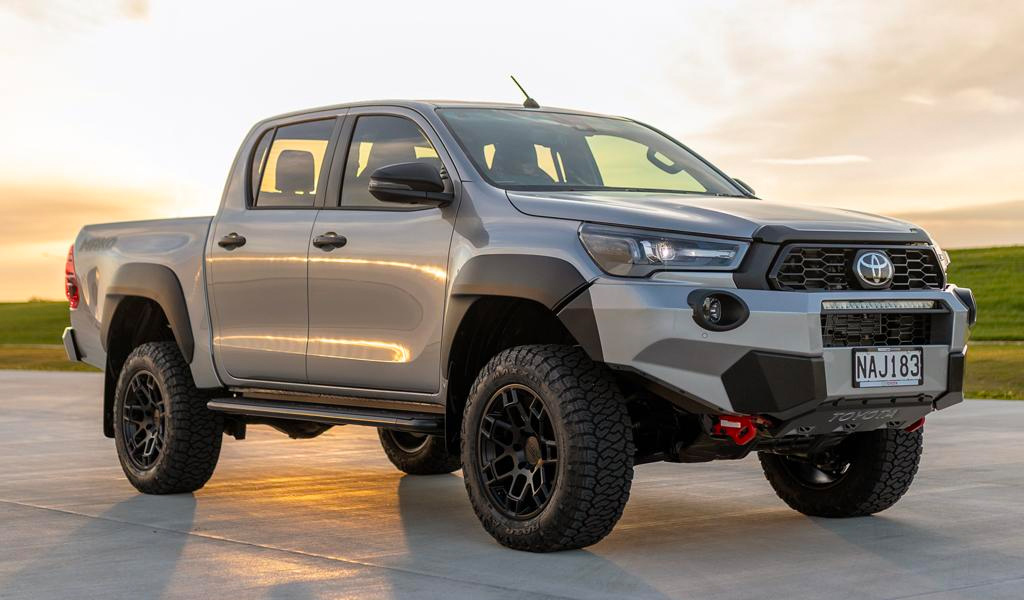Major study finds US buyers do not rate TV or Facebook in decision on what car to buy
Buyers are increasingly frustrated with shopping for new vehicles – citing a dislike of negotiating prices and filling out paperwork – and are spending more time searching for vehicles online, less time at the dealership and do not rate television in their purchase decision-making.
The Cox Automotive US Car Buyer Journey survey released earlier this year found that television advertising is unlikely to sway buyers to a new brand, that people are less likely to visit a dealership, that used cars are increasing in sales compared with new cars, and that social media – including Facebook – is one of the last methods used to actually choose a car.
Cox Automotive vice-president of research and market intelligence, Isabelle Helms, said the latest study found that online tools are helping buyers but that more work needs to be done to improve the car-buying experience.
“At the dealership, filling out paperwork and negotiating a price remain top frustrations for most consumers,” she said.

RESEARCHING ONLINE
The study found only 39 per cent of car buyers believe the process has improved since the last time they bought a car and that fewer than 10 per cent of car buyers are negotiating a price online or filling out paperwork remotely. Both results are seen as indicators that the industry still has ample room for progress.
“However, we found that consumers are spending more of their shopping time online while making faster decisions and spending fewer days in the market,” Ms Helms said.
“Car buyers spend an estimated 61 per cent of active shopping time online – up from 57 per cent in 2017 – and are in the market for an average of 96 days, a drop of more than 20 days in the past two years.
“What’s more, about 50 per cent of used-car buyers and 44 per cent of new-car buyers are now spending 30 days or less in the market.”
Cox Automotive Australia and New Zealand CEO Rob Whiten said that while we are behind the US in a number of areas in terms of the car-buying process, for example digital retailing, “there can be no doubt that both dealers and manufacturers in Australia can benefit from the very interesting findings”.
DEALERSHIP VISITS
The survey found that the number of dealerships visited in the car-buying process also continues to drop. On average, car buyers who purchased from a US dealership visited 2.3 dealers. In 2017, the survey showed the average buyer visited 2.7 dealerships.
Now, 41 per cent of buyers visit just one dealership during the car-buying process, up from 30 per cent in the 2017 study.
“Buyers who negotiate and complete their required paperwork online are notably more satisfied with the buying process, as are those who spend less than two hours total at the dealership,” the authors said.
“Completing paperwork and negotiating a final price are the top frustrations with car buyers today.”
ONLINE TOOLS
But the number of people using online tools for car purchases is still low. The survey found that less than 10 per cent of vehicle buyers report negotiating the final price of their new vehicle online, and only five per cent filled out all the required paperwork.
Yet consumers who negotiated online or completed paperwork online spent 45 minutes less time at the dealership and reported being more satisfied with the dealership experience.
The 2019 Car Buyer Journey shows car buyers are spending an average of 13 hours and 55 minutes researching and shopping for a vehicle, down from 14:44h in 2017.
ADVERTISING vs WORD OF MOUTH
“Only 10 per cent of vehicle buyers trusted social media sites such as Facebook to help with their final decision on a vehicle brand,” the authors said.
When it comes to what brand they choose, the survey found that about one-third of new-car buyers ultimately choose a brand they have never owned before, with their decision mostly driven by product attributes and the deal offered.
Television advertisements rated poorly as the source of choosing a brand.
The survey concluded: “In courting new-vehicle buyers, automakers focused heavily on traditional television advertising are mostly wasting their time and money.
“Only 13 per cent of new-to-the-make buyers became aware of the make through television advertising.
“Word of mouth from friends and family is the most cited source of influence, followed by the internet, where third-party sites are the top driver of awareness.”
Credit: GoAuto.com.au











